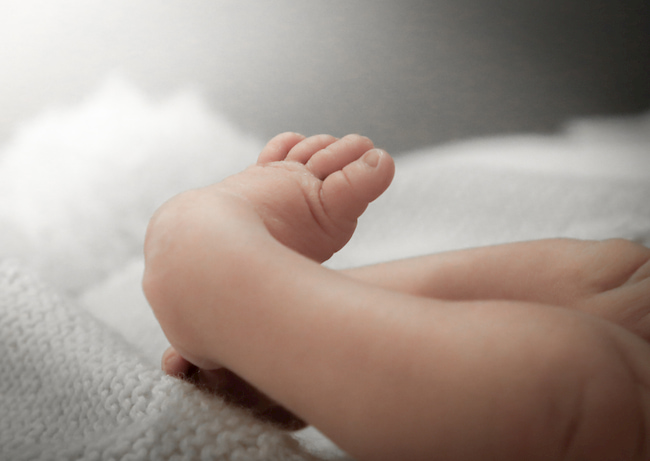Clubfoot is relatively rare, but for those affected by the condition, along with their families, it can have a major impact. Fortunately, there are effective treatment methods available today.
Clubfoot is a congenital disorder that occurs in about one in every 1,000 babies born in the United States. Boys are far more likely than girls to be affected — they are twice as likely to be born with the condition.
In many cases, a baby born with clubfoot is otherwise healthy. The condition causes the child’s foot to turn inward, which often results in the sole of the foot facing sideways or even upward.
Facts about clubfoot
Let’s take a look at some facts about clubfoot:
- Clubfoot isn’t painful for babies. While the condition causes the foot to turn awkwardly, it doesn’t typically affect a child until he or she begins to stand or walk.
- Clubfoot may impede natural movement. A child with uncorrected clubfoot may have difficulties walking normally. This may lead to walking on the sides or tops of the feet, rather than the soles. In turn, this can cause the feet to become infected, with thick and hardened skin, and can eventually lead to arthritis.
- Clubfoot may impact one foot or both feet. About half of those affected by the condition have it impacting both feet.
- Clubfoot causes noticeable growth changes. For example, in those with the condition, the foot and leg are usually slightly shorter than normal and the heel may be smaller. The baby’s calves may also be thinner because the muscles are underdeveloped.
- Researchers aren’t quite sure what causes clubfoot. There is some evidence that the condition has a genetic component — and if you have one child with clubfoot, any other children you have are at a greater risk. Other research seems to indicate that clubfoot is more common in babies whose moms smoked or used drugs during pregnancy.
- There are two main classifications for clubfoot. “Isolated” clubfoot is most common and occurs in healthy children. “Nonisolated” clubfoot occurs in children who have significant health conditions, such as spina bifida or another neuromuscular condition.
How clubfoot is treated
Untreated clubfoot can negatively impact quality of life in many ways. The condition will not improve on its own, and a child may develop painful calluses, be unable to wear shoes and have severely painful feet that limit activity.
Fortunately, treatment options today offer a solution. Doctors typically begin with nonsurgical options before resorting to surgical treatment. Treatment works best when it’s started early, typically within a few weeks of birth.
The most common form of nonsurgical treatment is called the “Ponseti method.” This method uses a combination of stretching and casting to shift a baby’s foot or feet into the correct position.
This is done gradually — the orthopedic specialist stretches the baby’s foot into position and then places a cast to hold it there. Every week or two, the doctor will remove the cast, stretch the foot more and then put another cast in place. This process repeats until the foot is fully moved to the correct position, which typically takes several weeks.
In some circumstances, the doctor may need to clip a portion of the Achilles tendon to allow it to grow to a normal length.
If nonsurgical treatment doesn’t alleviate clubfoot, a surgical procedure to lengthen the tendons of the foot and realign the bones and joints may be an option. Once surgery is complete, the foot is often casted for a few months.
After both nonsurgical and surgical treatment, babies usually wear special shoes and/or braces, but both are temporary and required for a few years.
The Clubfoot Clinic at Children’s Hospital at Erlanger offers specialized treatment for children with clubfoot. The team includes cast technologists and physical therapists trained in Ponseti clubfoot casting methods. Call 423-778-5437 (KIDS) to learn more about Pediatric Orthopaedics.







